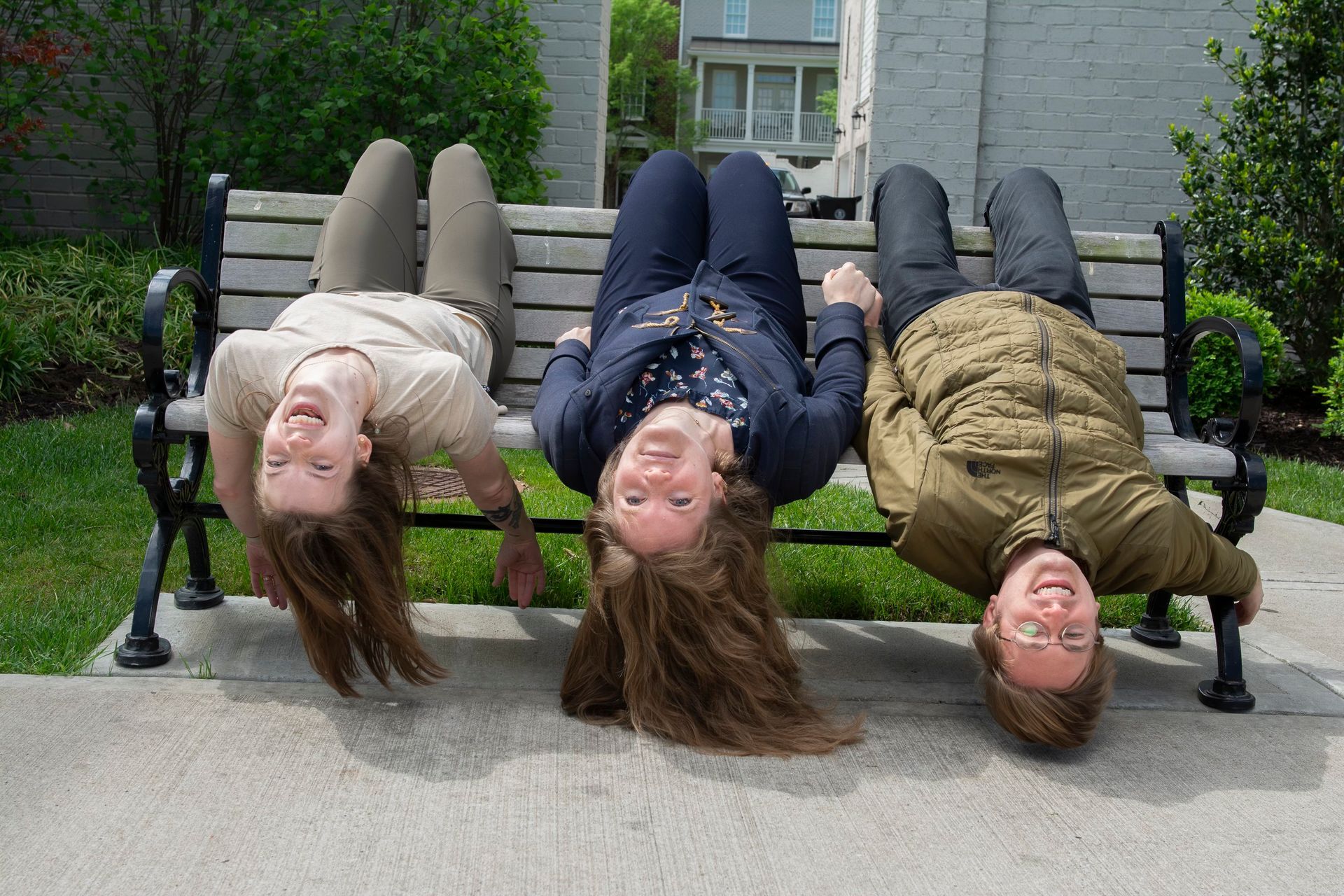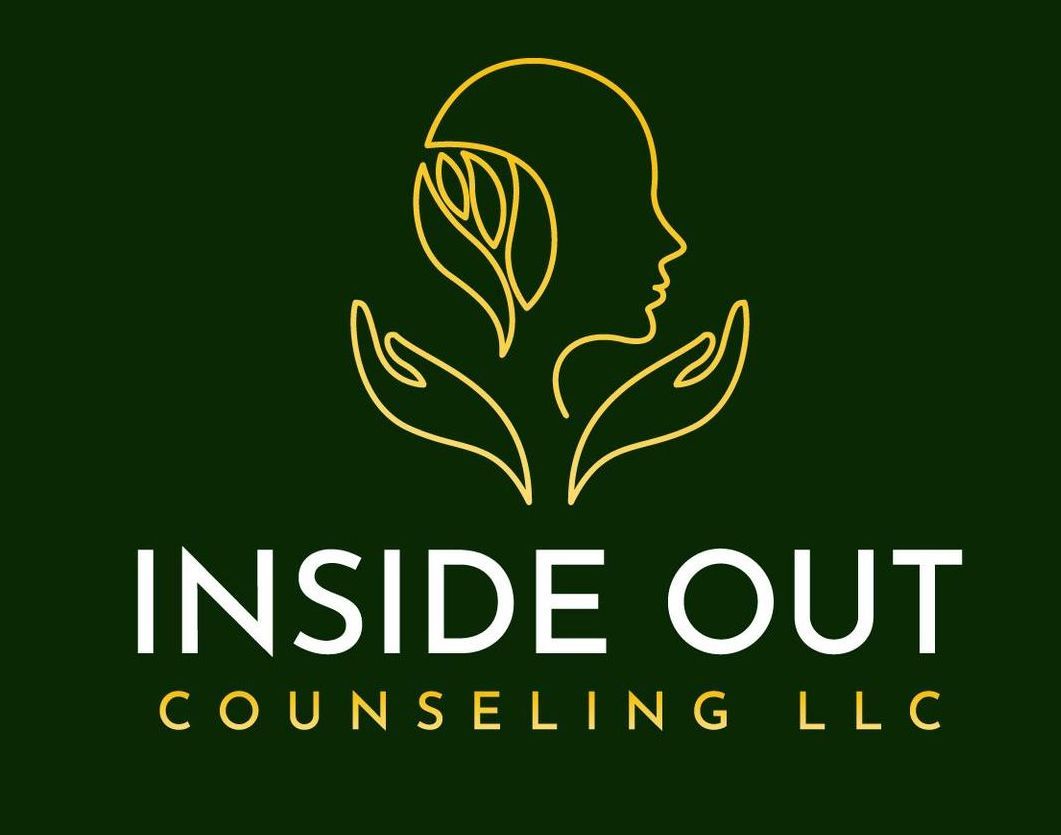Exploring the Modalities of Therapy
A Holistic and Humorous Approach to Healing

As a therapist dedicated to fostering growth and healing, I employ a variety of therapeutic modalities to meet the unique needs of each client. Here’s a glimpse into the diverse approaches I use, with a pinch of humor for good measure:
Client-Centered Therapy
At the heart of my practice is a client-centered approach, which relies heavily on the therapeutic relationship to inspire change. This modality emphasizes radical transparency on my part. I share my thoughts and bodily sensations (don’t worry not all bodily sensations) during sessions to bring my whole self into the process. By modeling this openness, clients feel empowered to fully express themselves in our sessions and in their personal relationships, regardless of potential reactions. Plus, who knew that zoning out had its perks? My transparency can provide clients with valuable insights—if you're talking and I’m mentally planning dinner, it might just be time to turn it down a notch.
EMDR and Brain Spotting
For clients dealing with trauma, anxiety, or distress, I incorporate Eye Movement Desensitization and Reprocessing (EMDR) and Brain Spotting. These techniques help process traumatic memories—EMDR through guided eye movements that reduce the impact of negative emotions, and Brainspotting by focusing on specific eye positions to uncover and process stored emotional pain. A unique aspect of both methods is the concept of "witnessed witnessing." Think of it as a heartfelt performance with you in the lead role, and I’m your captivated audience. This dynamic creates a space for concentrated radical acceptance where you and I are both fully present, appreciating the moment. And don't worry, while you're the star, I promise I’m entirely engrossed in your tale—not contemplating my next meal prep masterpiece. So, let's get those emotional Oscars rolling!
Outdoor and Paddle Boarding Therapy
Integrating nature into therapy has powerful benefits, particularly through paddle boarding sessions. The calming influence of water can significantly reduce stress and promote relaxation—unless you fall in, then it’s a whole new collision therapy. Combining this with Brainspotting on the water can lead to unique insights and emotional release. Paddle boarding is also a tool for client-centered therapy, allowing us to build rapport naturally. Many clients find this experience so enjoyable it often feels less like traditional therapy, yet it remains deeply impactful—bonus points if you can keep your balance!
Experiential Therapy
This approach immerses clients in activities and role-playing exercises, creating opportunities to engage with emotions and experiences. "Show me, don't tell me" captures the essence of this method. By participating in hands-on activities, clients gain greater emotional insight and understanding within a safe, supportive environment—think of it as an expressive art class minus the awkward papier-mâché! Experiential therapy also supports trauma healing by encouraging spontaneity and creativity. As clients create activities to express their inner world, it doesn't hurt to develop quick reflexes when throwing soft stress balls to represent stress. The focus on the present day helps avoid yesterday’s drama or tomorrow’s worries, one joyful present moment at a time.
Conclusion
Each of these modalities offers distinct benefits. By integrating them thoughtfully, I can provide a holistic, tailored therapeutic experience, supporting clients on their journey to healing and empowerment—because therapy is serious work, but enjoying the journey certainly doesn’t have to be.



